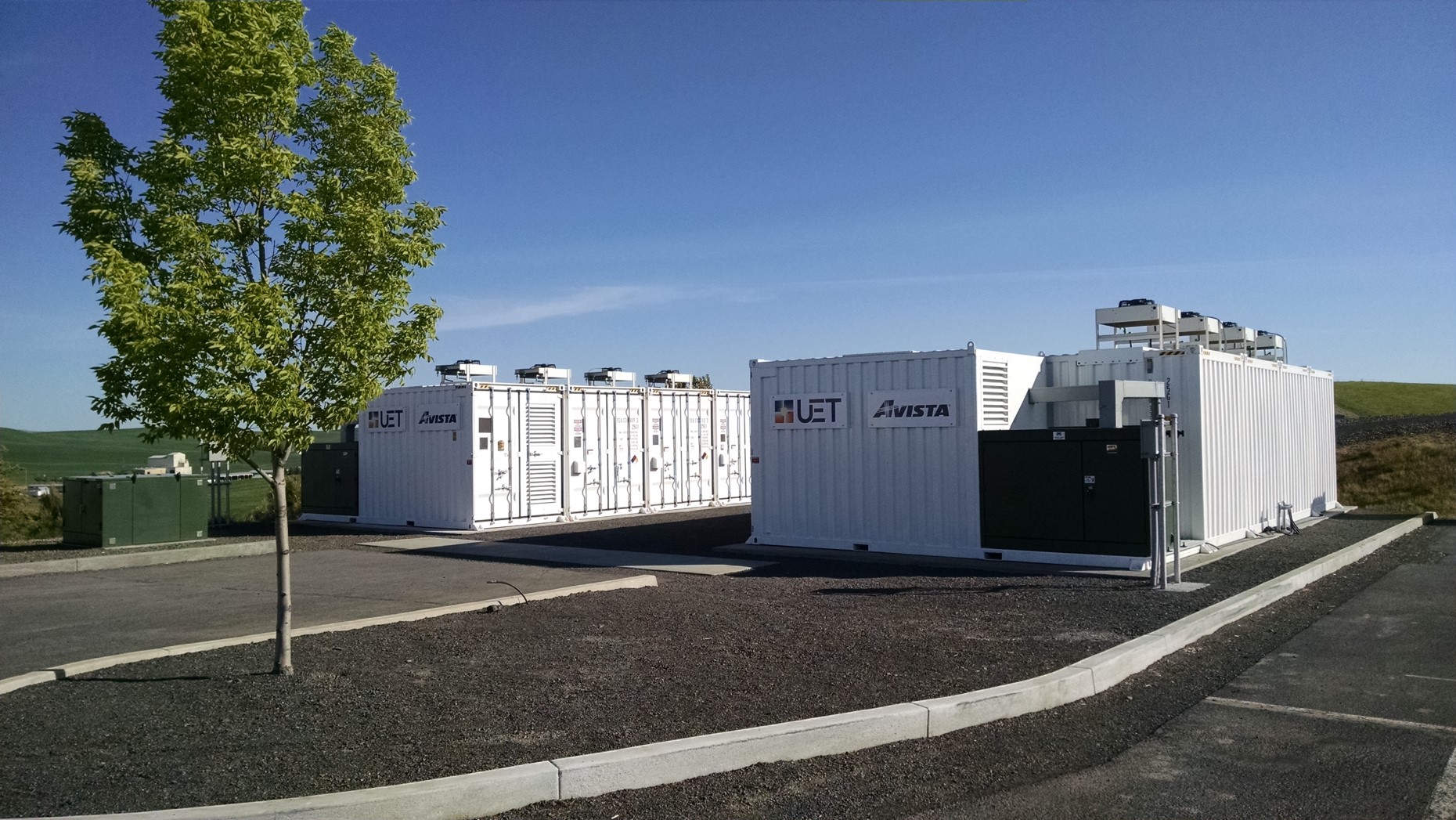- Time : Monday-Friday 09am-5pm
- (+91)9822447940

A Thin Film Casting machine is designed for manufacturing low gsm film of different thickness or weight. The machine shall encompass a Doctor Blade Set-Up.
The solvent based volatile mix is directed to form a bank on the substrate (tempered glass sheet) that conveys over a flat plate. A doctor knife is used to form films that controls the thickness. The substrate with the film is introduced to the heating chamber for evaporation of the volatile content.
Thin-film deposition techniques include chemical vapor deposition (CVD) and physical vapour deposition (PVD). PVD involves vaporizing the target material, which condenses on the substrate surface, forming a deposited film. PVD deposition techniques include a thermal evaporation process or vacuum evaporation, sputtering, and ion plating.
Thermal evaporation deposition occurs in a chamber under the pressure of 10(-6) to 10(-5) mbar. A crucible that connects to a high-current source holds the target material. Here are the basic steps for thermal evaporation deposition:
